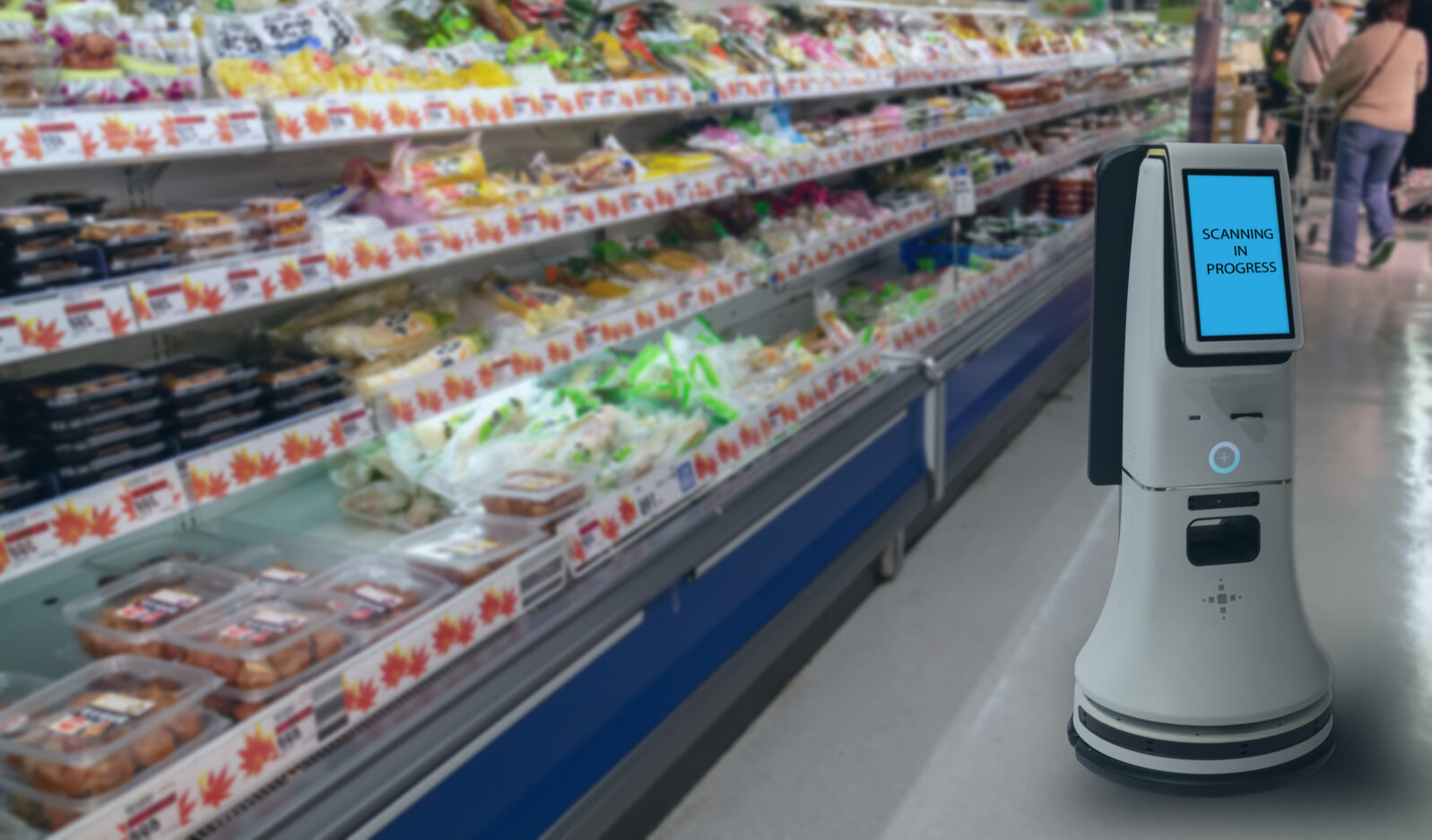WalMart Shelves Its Robot Inventory Clerks
These costly experiences are helping businesses better understand when automation works and when it just doesn’tThe WalMart automation project started in 2017, as part of an effort to compete with Amazon:
Walmart, which posted record online sales in its recent quarter, now has more workers walking the aisles to package online orders, extracting new data on inventory problems, people familiar with the situation told the Wall Street Journal, which was the first to report this news.
Reuters Staff, “Walmart drops plans to use robots for tracking inventory” at Reuters
Here’s some background:
Walmart ended the partnership because it found different, sometimes simpler solutions that proved just as useful – something that came to light during the coronavirus pandemic as more shoppers flock to online delivery and pickup, forcing Walmart to have workers physically walk store aisles to collect online orders.
The increased number and frequency of real-life people roaming aisles also helped Walmart better monitor its inventory levels, including keeping tabs on product amounts and locations.
M. Corey Goldman, “Walmart Ditches Robots, Sticks With Humans for Inventory Control” at MSN
Goldman notes that WalMart still uses robotic floor scrubbers. But there probably isn’t anyone around when they are working. Robots and employees bumping into each other wouldn’t “enhance the workplace experience,” to use the marketing jargon.
At Amazon, robots, introduced in 2012, have led to a spike in injury reports for workers, according to information filed in September:
The Center for Investigative Reporting said it had acquired internal records for 150 warehouses over four years.
At the most common kind of Amazon “fulfilment centre”, serious injuries are 50% higher for those that have robots than those without, it says.
News, “Amazon warehouse robots ‘increase staff injuries’” at BBC
According to the BBC, Amazon contests the report’s findings but “did not, however, directly respond to the claim that the number of these incidents was higher in robotics-equipped facilities than those without.”
Something similar happened late last year at Boeing in Seattle where the jetliner manufacturer tried to replace machinists building two of the main fuselage sections for 777 and 777X jetliners with robots. Robot error turned out to be a bigger problem than human error. As a software engineer reported at the time,
When Boeing decision-makers introduced the robots, they believed that they would mean less stress, less cost, and fewer employees. None of these hopes were realized. So, why did they believe it would? Boeing was probably blinded, as so many of us are, by techno-hype and thus predisposed to dismiss mere (evolved) humans.
Our tech-enamored culture often believes impossible things: One of them is that error-prone humans can create sophisticated technology able to surpass its makers…
For example, at a conference, Elon Musk called humans a “boot loader” for AI*, warning that we must merge with machines or be overrun by them. A boot loader is a small (by comparison) program that runs automatically when a computer first starts. Its main role is to load the real software, such as Windows, which the user intends to use.
Brendan Dixon, “Boeing’s sidelined fuselage robots: What went wrong?” at Mind Matters News
He concludes, “By all means, let’s build machines that enhance our abilities. But let’s not forget the really amazing thing is not the tool, but the tool builder.”
Recently at Mind Matters News, we’ve been looking at issues around autonomous cars. A surprisingly similar theme emerges. As Jonathan Bartlett—who is working on current driverless car projects—has been pointing out, Level 4 (Daimler, Voyage, Waymo, GM) cars have been making big gains relative to Level 5 (Elon Musk territory).
That is, self-driving (autonomous) cars are becoming viable within controlled conditions: GM has been given a permit to test five driverless cars on streets in San Francisco later this year. But what became of Musk’s phantom fleet of robotaxis, scheduled to hit the road this year? There’s a name for that in the industry, says Bartlett: vaporware
He is pragmatic about automation in general: “Full automation is possible but the time, money, and effort required to get it right usually don’t end up being worthwhile. It tends to work best with very mature production tasks where every possible contingency is well-known and well-accounted for.”
The solid gains are made by firms that are realistic about what the robot can do and not guided by a desire to just do without employees.
You may also enjoy these reflection on automation by Jonathan Bartlett:
Be choosy about what you automate: Having automated many processes, I can assure you that that is the First Rule of Automation
and
Self-driving cars: Waymo beats Tesla by picking the right target. Trying to get the human out of the loop, as Musk proposes, becomes increasingly costly as the complexity increases. Waymo, by contrast, aims only at Level 4 self-driving where—under specific circumstances—the car does not need you.
